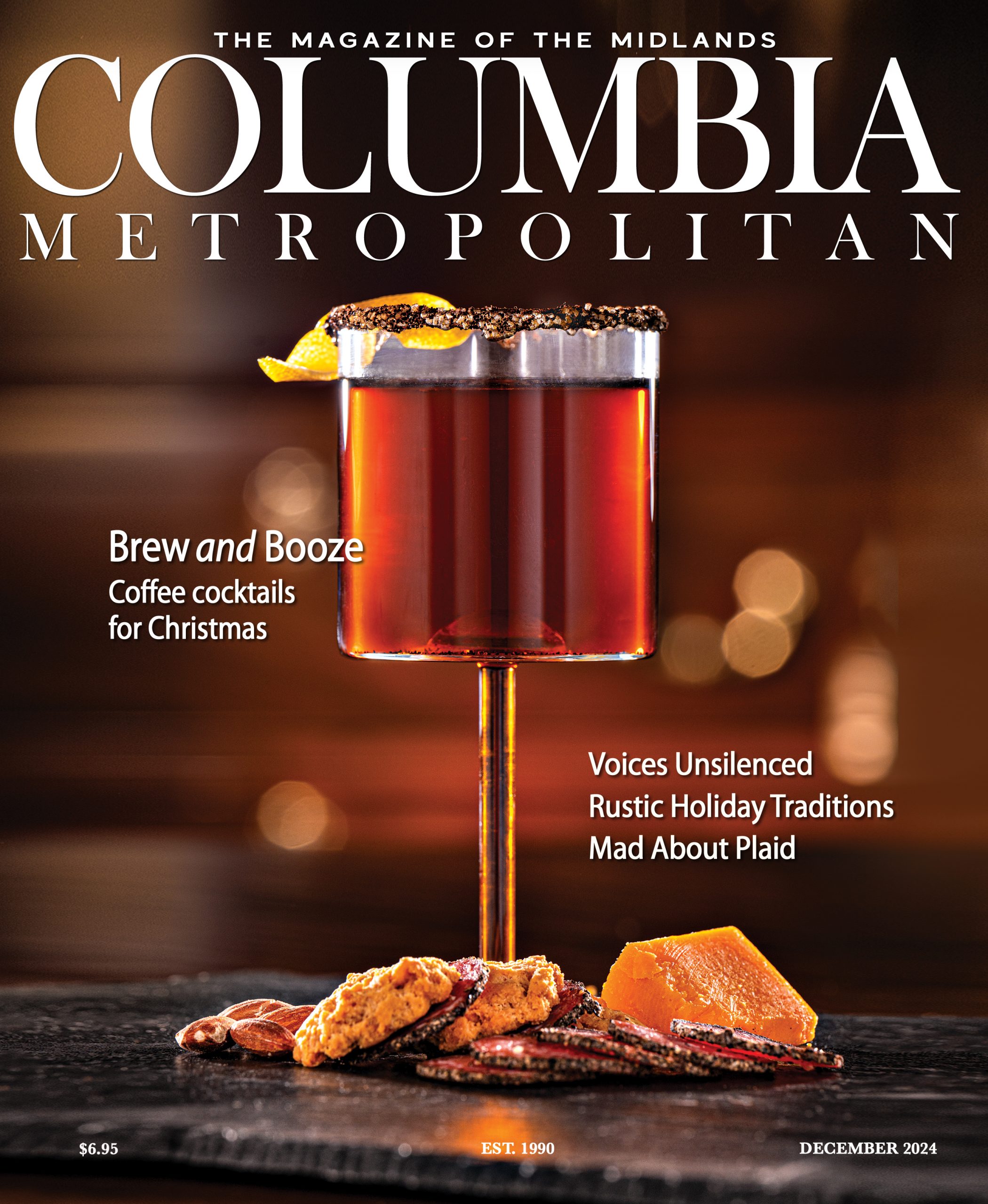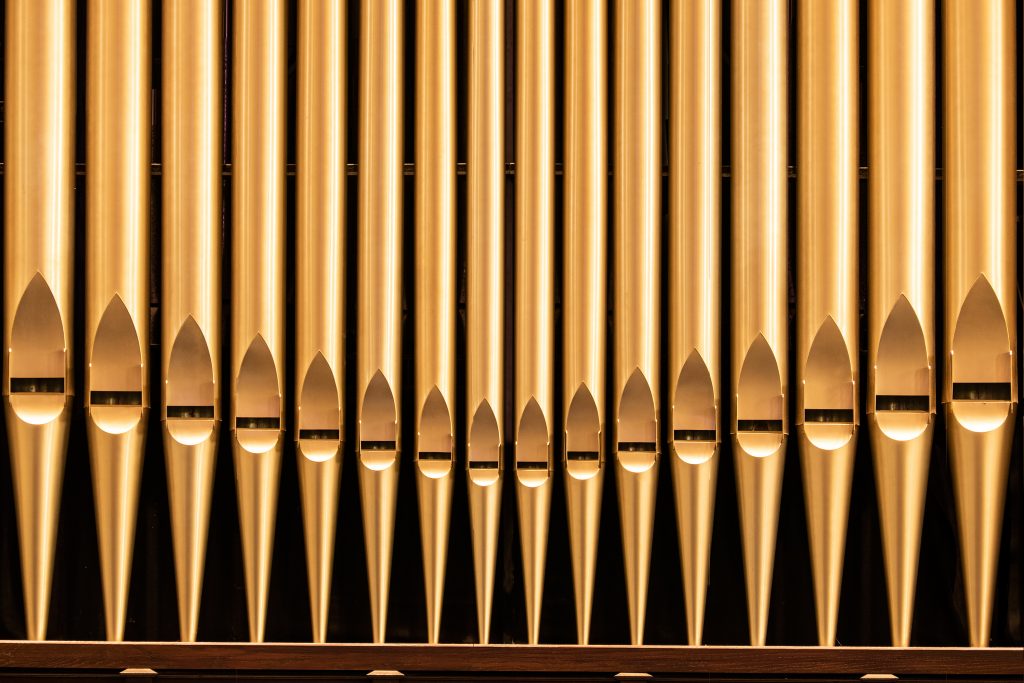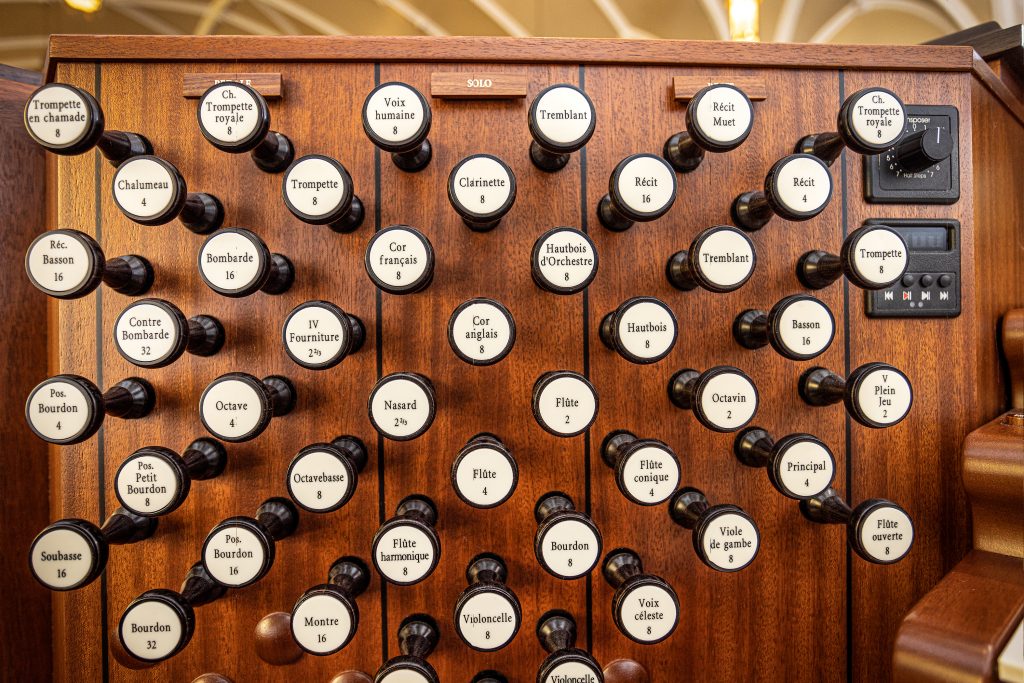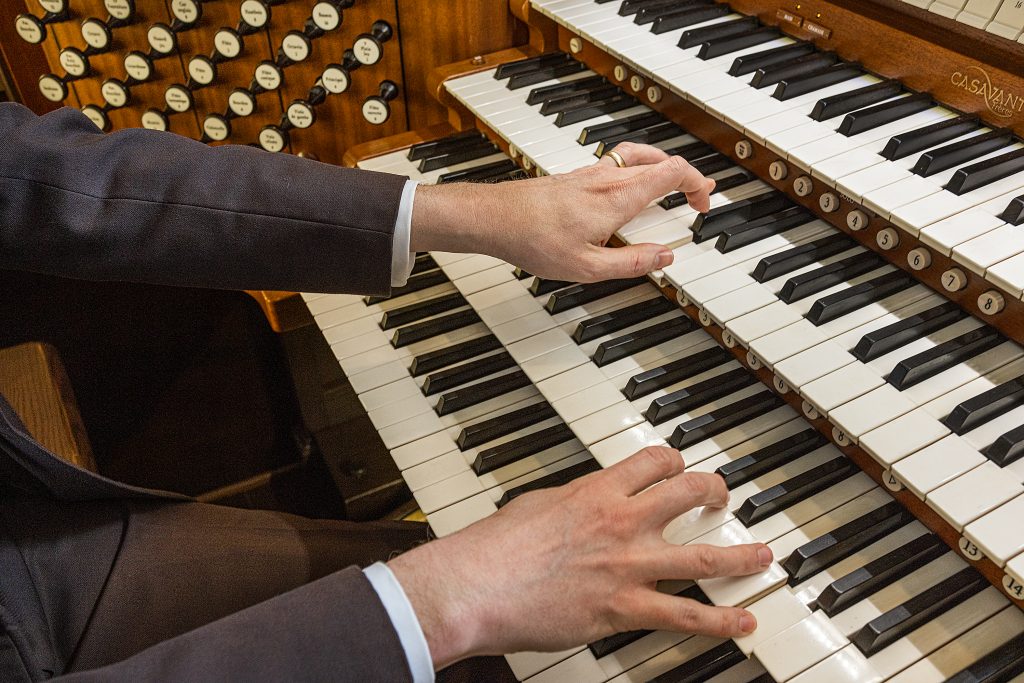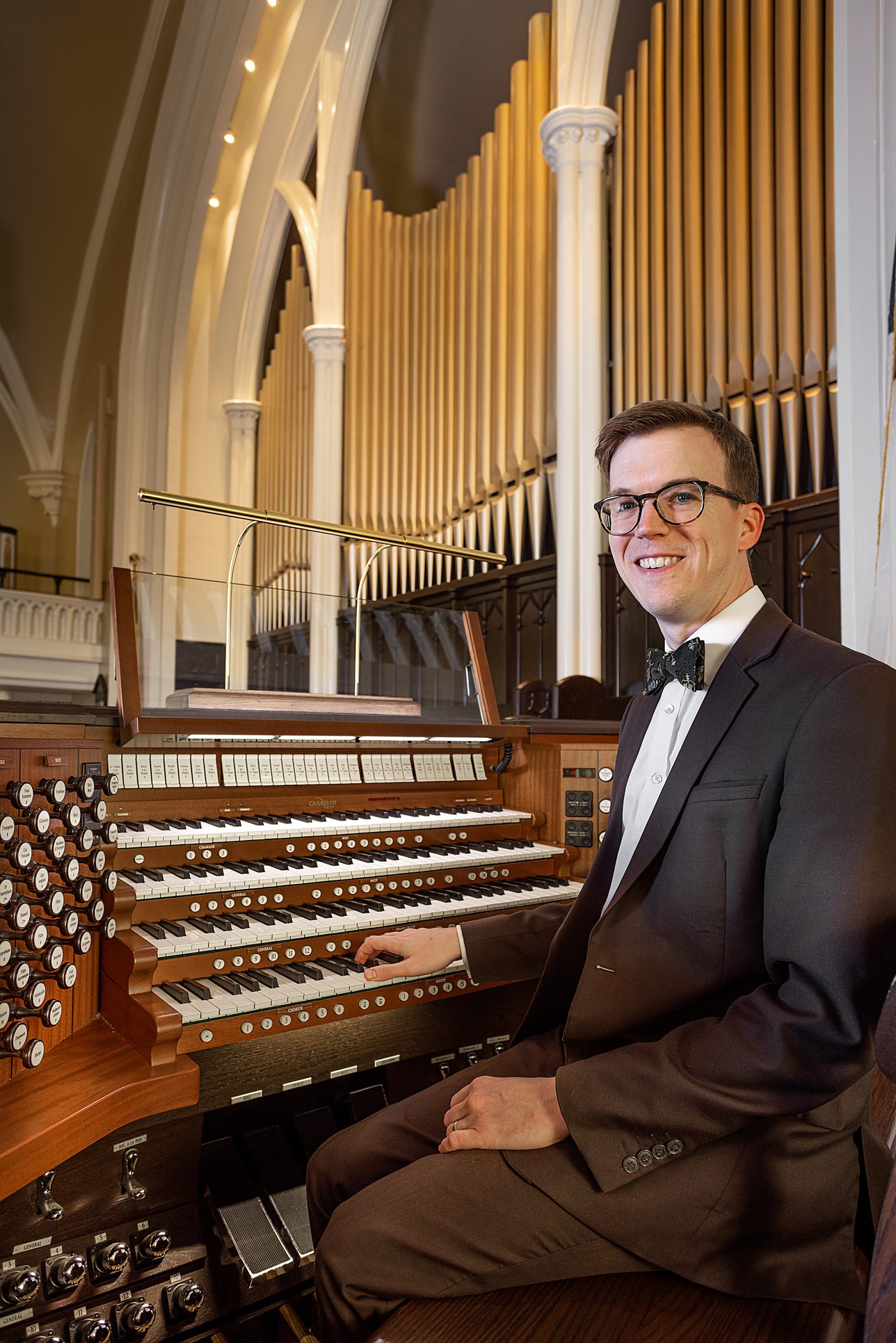
Thomas Russell serves as organist and assistant director of music at First Presbyterian Church. He holds a Master of Music in organ performance from the Yale School of Music and Institute of Sacred Music, in addition to a Bachelor of Music from the University of South Carolina School of Music. His career as a recitalist has taken him throughout the United States and Europe, including regular performances in the First Fridays recital series at First Presbyterian.
It is hard to imagine a wedding procession in a historic, venerable church without the powerful chords of an organ, from Pachelbel’s Canon in D Major to more modern interpretations like Julie Andrews’ dramatic bridal entrance in The Sound of Music. Nothing competes with the grandeur of the organ as a visual backdrop as well as with the rush of mellifluous music when a bride walks down the aisle. Though organs seem to be so much a part of the church building as to have been constructed as a part of the original architecture, many of Columbia’s oldest churches actually have more circuitous histories.
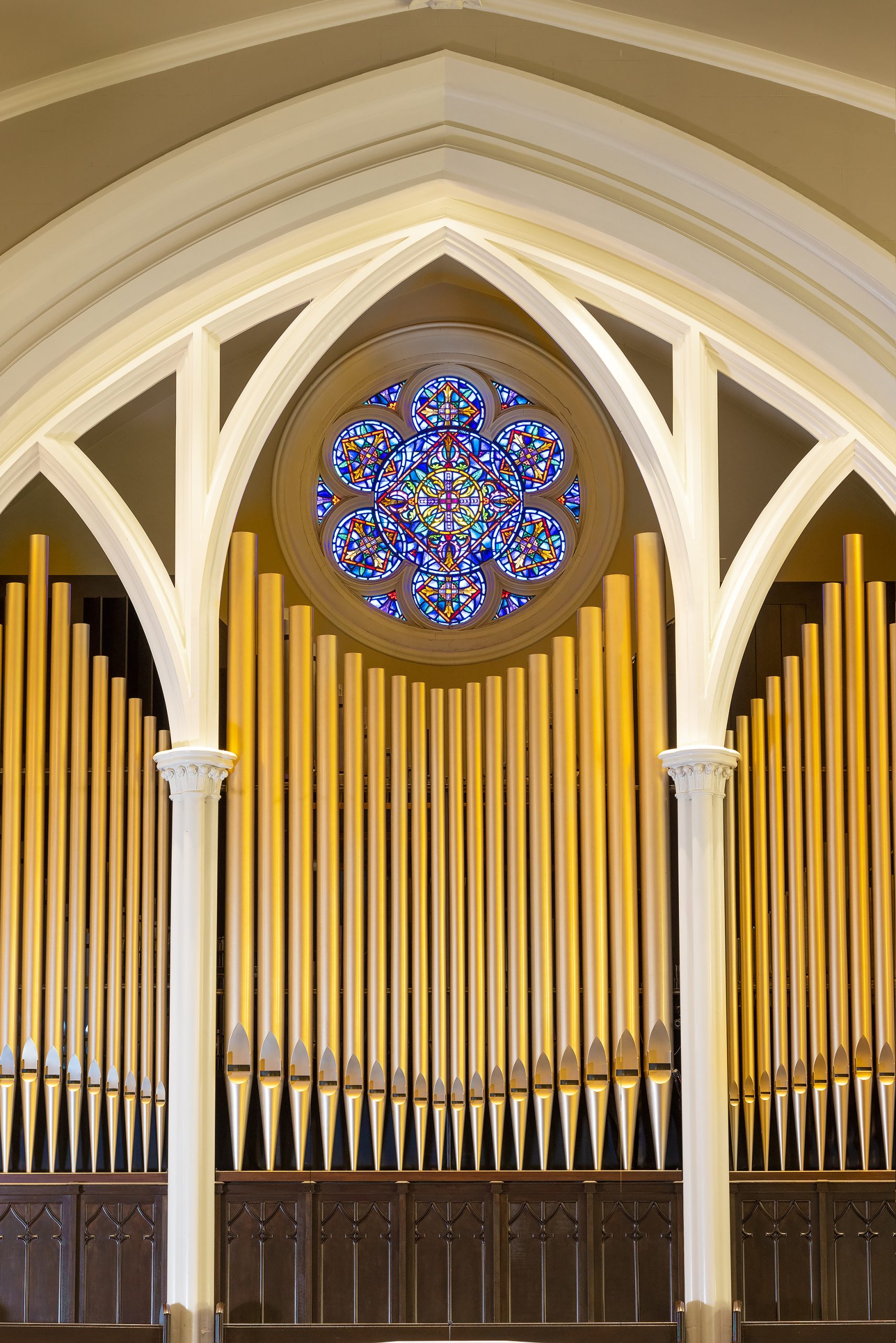
Early Columbia churches bought their first organs once they had a building and a congregation large enough to afford them. Older cities, like Charleston, had churches with organs long before there even was a Columbia.
St. Michael’s of Charleston replaced its organ with a new organ in 1762 until a better organ could be ordered from England. The church vestry sent a letter to a merchant in London asking him to arrange for the purchase of an organ to be delivered to Charleston along with a person to put it together. After six years of the church raising money, the organ arrived in Charleston in 1768 and the vestry sent their thanks and remittance to London.
Grace Episcopal Church in Charleston bought a new organ in 1848 from Henry Erben in New York City. He had it ready to ship in three months. Erben stipulated to Grace Episcopal that he would buy the organ back for the same price of $1,600 if the church wanted to buy a larger organ, from him, within two years. Henry Erben later built the pipe organ for St. Patrick’s Old Cathedral in New York City that still is intact and in use. The organ has 2,500 pipes and cost $15,000 in 1868.
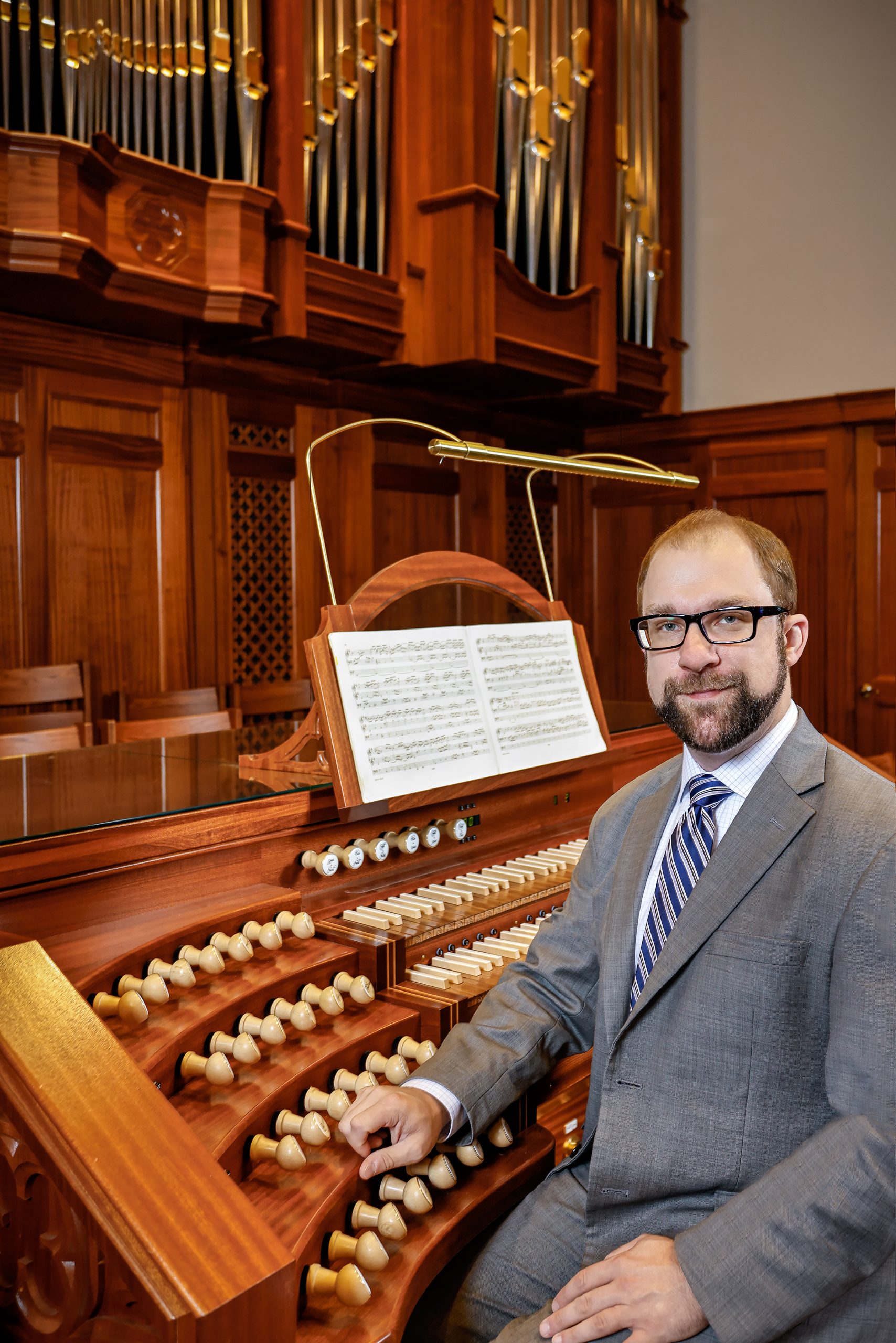

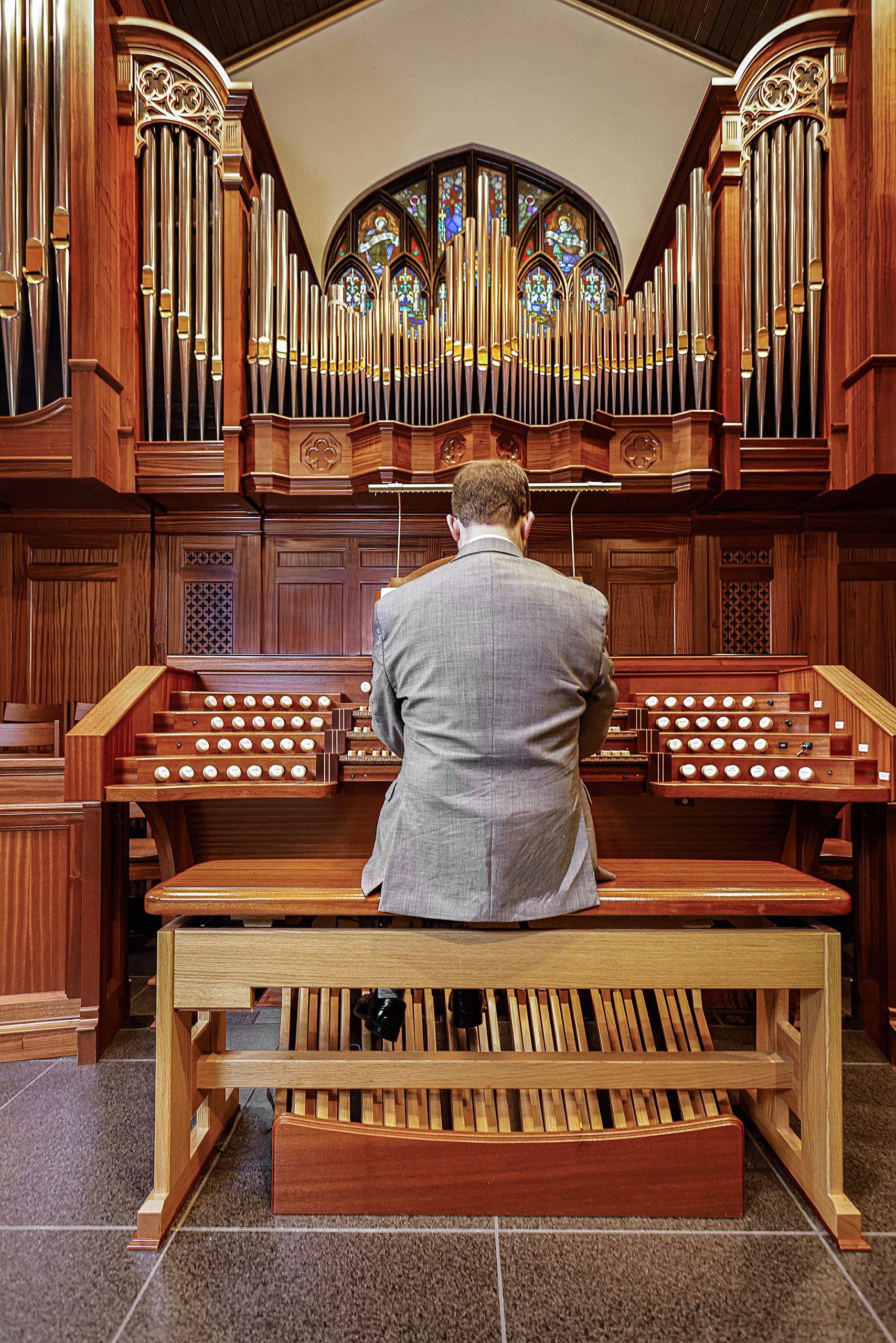
During the Civil War, federal troops shelled Charleston, causing residents to move north of Calhoun Street to get out of range. The vestry of Grace Episcopal dismantled their organ, hid it in Columbia, and used the organ from the Huguenot Church after they stopped having church services. After the Civil War, Grace Episcopal returned the organ to the Huguenots and reinstalled their own organ from Columbia.
Columbia was burned by Sherman’s troops in 1865, and Charleston was not. Access to money in Columbia was scarce. In 1866, Grace Episcopal sold their organ to a Presbyterian church in Columbia for an asking price of $1,400. Since the church members could not pay that much, the two churches compromised and settled for $1,180. A Baptist church in Columbia bought an organ in 1859 for $1,000 from Pomplitz and Rodewald in Baltimore to replace a melodeon, a small reed organ housed in a piano-like case. Again, money was tight, and the organ builder made a claim against the church and in 1870 won a $700 judgment.
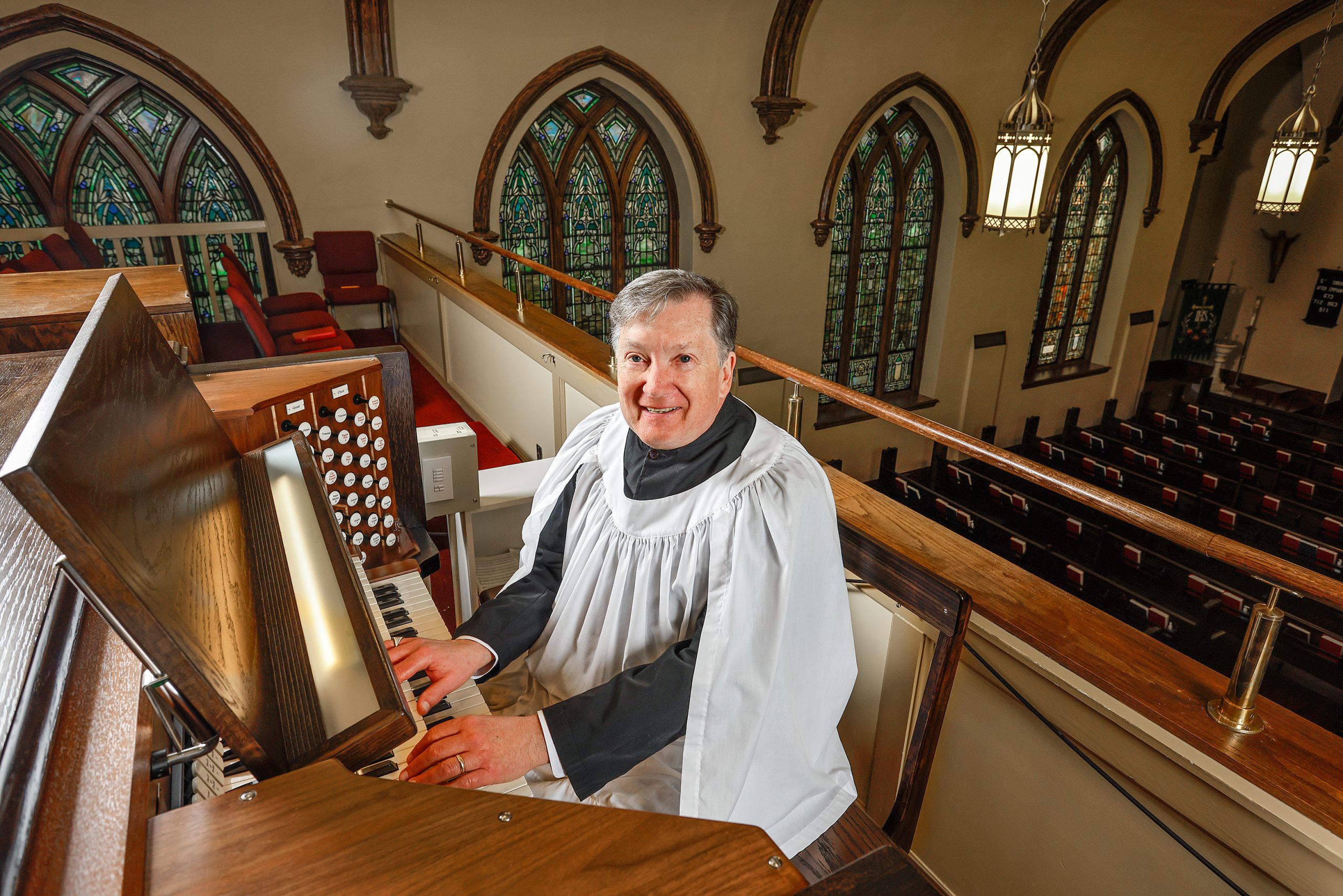
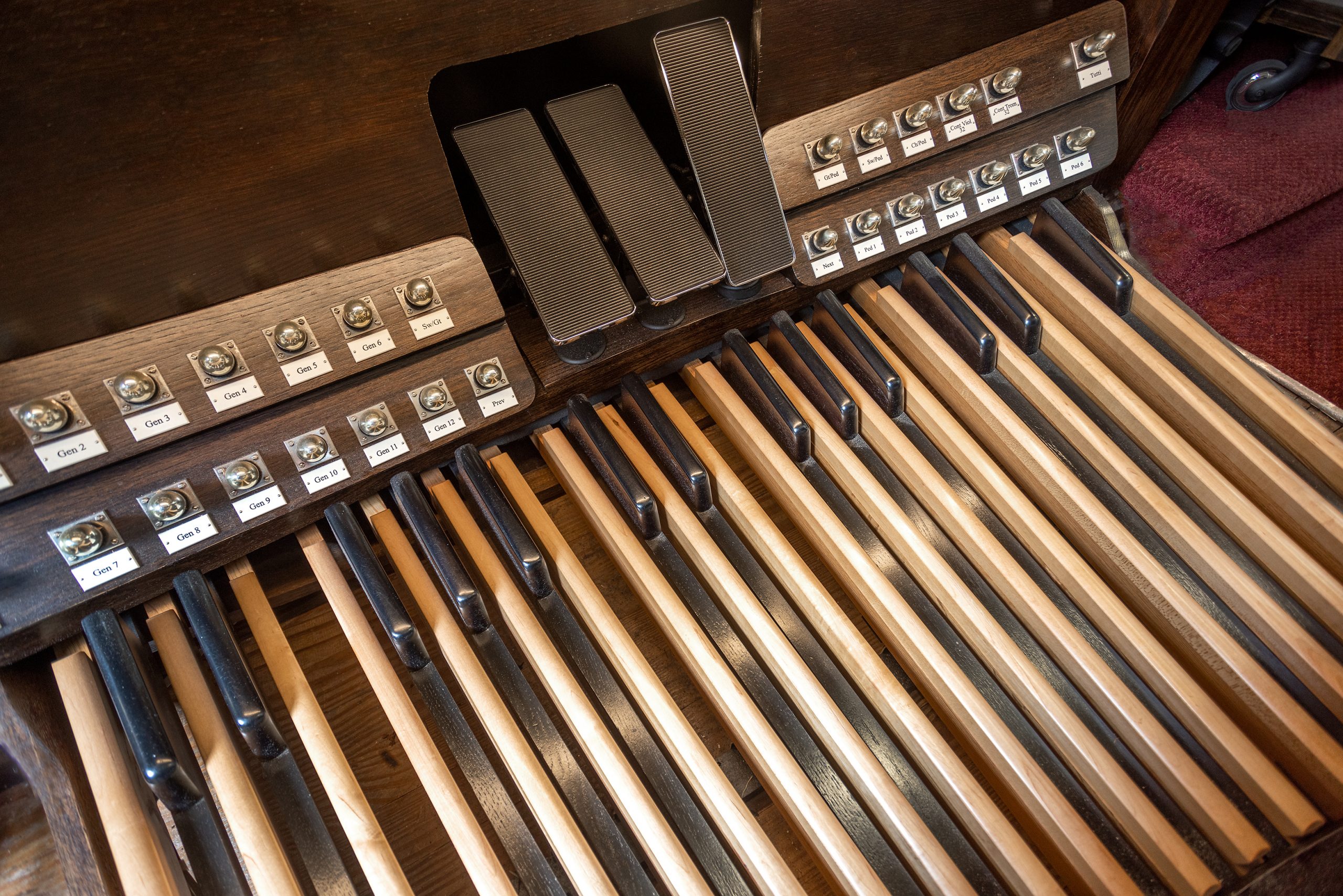

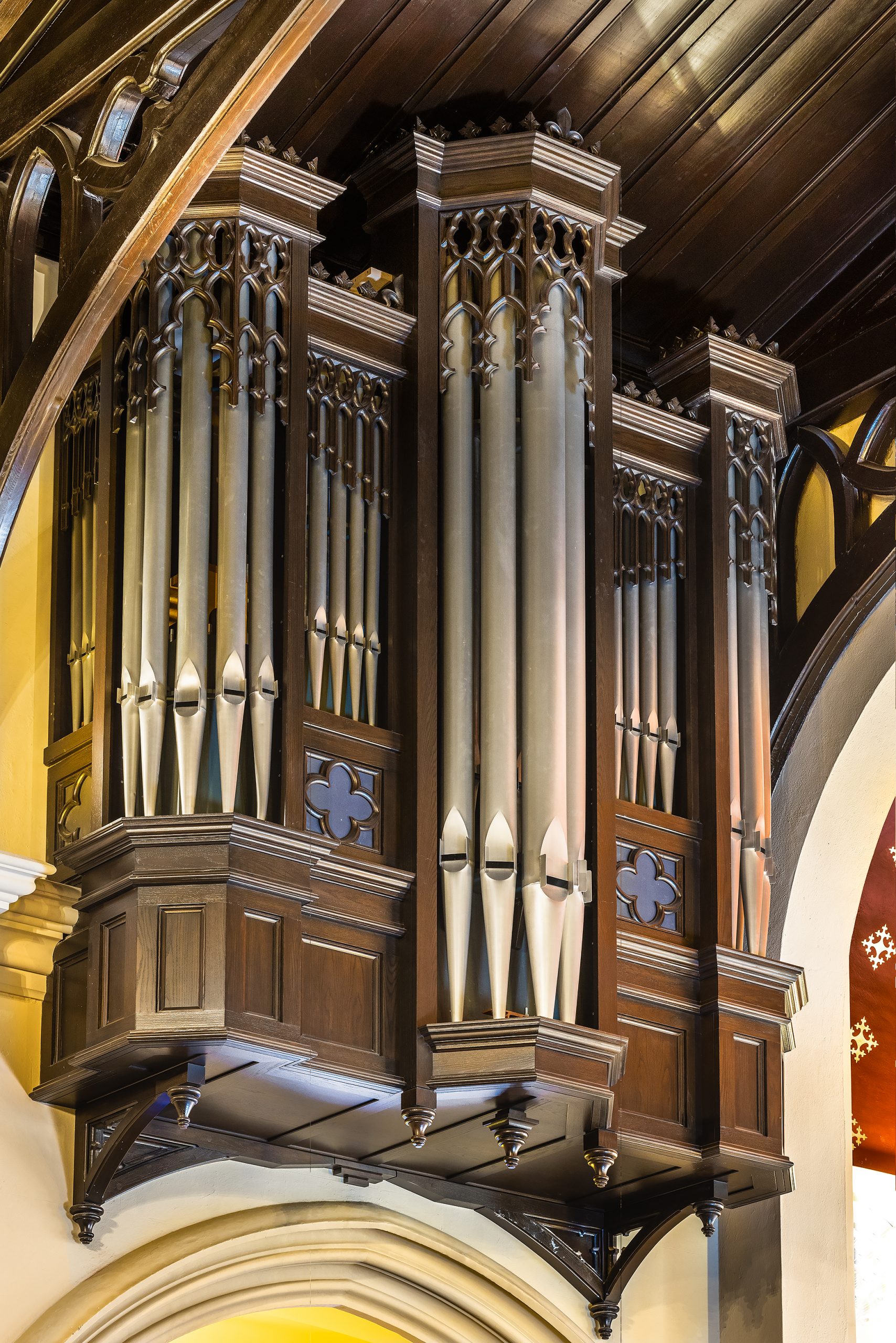
One of the oldest churches in Columbia, Trinity Episcopal Church, now Trinity Cathedral, probably owned the first church organ in Columbia, donated by Wade Hampton I around 1815. The second organ that replaced the “Hampton Organ” in 1847 was built by Thomas Appleton, an organ builder from Massachusetts. Fortunately, the church was not burned by Gen. William T. Sherman’s troops. The church was disguised as a Catholic church by a few exterior changes that fooled the Roman Catholic general, according to the National Register of Historic Places in South Carolina.
Trinity replaced the Appleton organ in 1894 with a new organ, which was in use about 40 years until the church made the decision in the teeth of the Depression to buy a $12,000 organ. One member had an intense desire for a new organ and rallied the congregation to vote unanimously to buy it. When the gentleman died, Trinity still owed a large sum, and the widow asked for the privilege of paying the balance.
Early organs did not have electricity to push air through the pipes, so someone had to pump air by hand; later, air was delivered by steam or gasoline engine and then finally with electricity. A common organ design included a handle on the side of the organ that had to be pumped, which opened the bellows in the base of the organ. From there, air was pumped into a wind chest on which the pipes rested.
When the organist pressed a key, a long wooden rod opened a valve under the pipe. Air from the wind chest entered the pipe, and the vibration from the air produced the sound. A string attached to the bellows lowered a small lead counterweight on the outside of the organ case, which let the person pumping the organ know how much air was left in the instrument. The entire instrument was mechanical.
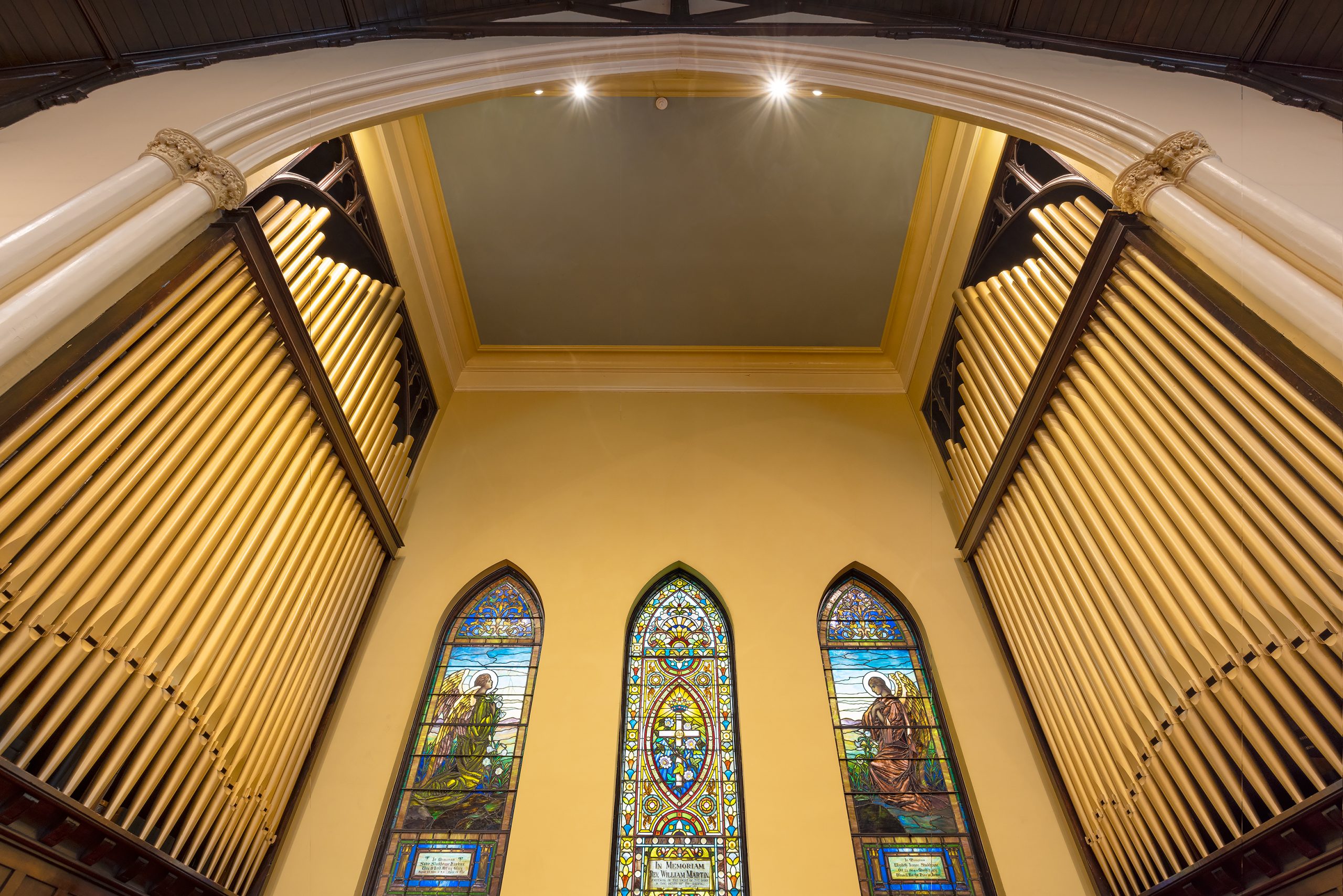

St. Paul’s Lutheran Church was organized in 1886, and the church members built an addition to the church building in 1901, including a very small reed organ made by Shoninger costing $73. A reed organ produced sound when wind was sent by foot-operated bellows through an air reservoir, causing metal reeds to vibrate. It had no pipes; the pitch was determined by the size of the reed. In 1921, the church upgraded to a Möller organ from an exposition closeout, and young boys were hired to pump the organ from behind. Today, the largest Möller church organ is in Calvary Church, Charlotte, North Carolina, completed in 1990.
Main Street Methodist Church in Columbia formed an organ committee in 1873 to buy an organ that only cost $107. The members of the committee collected $19 from the congregation and added $33 in pledges. Over the next few months they raised the balance and the organ was purchased.
Washington Street United Methodist Church was burned by Sherman’s troops during the Civil War. The traditional story is that the troops were looking for the First Baptist Church to burn as it was the location of the South Carolina Secession Convention in 1860. The soldiers asked an employee of First Baptist where the church was, and he directed them to the Methodist church around the corner.
True story or not, the Methodist church burned and the Baptist church did not. The Methodists moved to the chapel at Columbia College that was on Plain Street, now Hampton Street, and started raising money to rebuild their church.
The Washington Street Methodists solicited funds from churches across the South to rebuild their church on the same footprint. They placed the cornerstone of the new building, which took four years to complete, in 1871. When the building was completed, the church bought a pump organ to put above the narthex. Pump organs were used in smaller churches and in private homes, but their volume and tonal range were limited. Pump organ cabinets in churches and homes were considered attractive pieces of furniture.
A dozen years later, the Washington Street Methodists wanted to buy a new organ costing $800. A member of the congregation offered to give $100 to the church and to lend the balance for 12 months without interest, but the church did not accept the offer; four years later, the church bought a new organ from the A. B. Felgemaker Company in Pennsylvania. The Felgemaker Company made more than 15 organs each week for small churches, schools, and homes. The pastor of Washington Street church contributed $50 to the organ fund, so in gratitude the church leadership gave the pastor the old organ. The Felgemaker organ still plays and currently resides in St. Matthias’ Church in Summerton, South Carolina.
The existence of musical instruments in houses of worship has been surprisingly controversial. The Old Testament explicitly permitted instrumental music but highly regulated its use. Some synagogues used instruments, but others were concerned their use on the Sabbath could be a violation of Jewish law. Today, some synagogues use organs and some do not.
The New Testament does not mention instrumental music at all. No explicit prohibition exists in the New Testament, neither does a command, so Christian theologians and churches have debated how to interpret the absence of biblical instruction. Martin Luther was thought to have disapproved of the use of instruments during worship; however, he was considered the father of the “normative principle of worship,” which meant if something was not forbidden, it was allowed.
Luther said, “Music is God’s greatest gift. It has often so stimulated and stirred me that I felt the desire to preach.” However, John Wesley is recorded as having said, “I have no objection to instruments of music in our chapels, provided they are neither heard nor seen.” So, a church could have an organ, just don’t use it! Organs started appearing in churches in the 600s and were commonplace by the 1200s. Today, some congregations choose not to have organs, pianos, or other musical instruments, but most churches encourage the use of music in worship.
During the early 1900s, silent one-reel stories were distributed to theaters, and then multiple reels became popular, often released in serial form, one reel each week. By 1910, silent movies became available, and in 1915, Birth of a Nation was released, the first American film that sent a musical score for a live orchestra to play in the movie theater.
Most theaters did not have live music and instead bought pianos or organs to play while the movie was showing. The movie studio often provided thematic cue sheets that told the pianist or organist when to change the speed or style of music on the screen. One person remembered a player piano that had paper piano rolls. The piano played during the movie, but sometimes the music did not match the action on the screen. This caused the audience to laugh, as fast music would play during a love scene or sad music during a comedy scene; still she said they were glad to have the music.
Movie theaters became popular in Columbia, primarily on Main Street. At one time, a movie theater was located on each block for six blocks. The Imperial Theatre was located in the 1400 block of Main. Built in 1909 as the Lyric Theatre, it became the Pastime Vaudeville Theatre in 1915 and finally the Imperial Theatre in 1920. When movies added sound in the late 1920s and became “talkies,” local theaters had organs they no longer needed so they sold them to churches.
Multiple churches replaced their existing organs or bought organs for the first time in the 1920s in Columbia. Washington Street Methodist Church bought a three-manual, or three keyboard, organ from the E. M. Skinner Organ Company in Boston. The congregation worshipped in the Columbia High School auditorium across the street while the new organ was being installed in 1920. The organ was enlarged in 1971 by the Philip Schwartz Company, and in 2008, the organ was enlarged again and rebuilt by the R.W. Colby Company. It now consists of four manuals and 91 stops, making it the largest pipe organ within 50 miles of Columbia.
St. John’s Episcopal Church in Shandon formed in 1911 and built a parish house in 1914 to use until they could build a sanctuary, a project that took them until 1926. As was common in churches wanting to buy big-ticket items like organs, the Woman’s Auxiliary at St. John’s agreed to raise the money for an organ costing $5,000 in 1926. The church bought a new Möller organ, and the price was negotiated by the Woman’s Auxiliary.
The Ladies Auxiliary at Shandon Presbyterian Church started a Pipe Organ Fund in 1921 to pay for the church’s first organ. They bought the organ from the Imperial Theatre for $500. The organ could make sound effects and chimes and drums, but it already was old and it often broke down. A young man in the church, Gregory Pearce, became responsible for keeping the organ going until they replaced the organ with a new one in 1929. A printed history of Shandon Presbyterian says, “The organ put in its final days playing for the Lord.”
The Main Street Methodist Church burned down in 1921. While rebuilding the church, the members of the congregation worshipped at the Imperial Theatre, where plenty of room and an organ were available until the organ was sold to Shandon Presbyterian.
First Presbyterian Church bought two new organs within a few years. The Presbyterians bought a new Pilcher organ in 1922, enlarged by the Möller firm in 1925. The Pilcher console was replaced with a new Möller console in 1951. However, by 1978, the organ had problems with air valves getting stuck, leading them to buy a new Casavant organ from Quebec, Canada in 1980. In 1982, a major fire in the First Presbyterian sanctuary burned the organ, requiring the church to buy another Casavant organ once the church had been rebuilt.
Churches throughout the Midlands have organs to add music and texture to worship services. Some organs are modest and some are very expensive, reflecting the wealth of the congregation at the time they bought the organ or their willingness to go into debt. Currently, large church organs cost millions of dollars, and some congregations wonder what is reasonable to spend on an organ and for what purpose they are buying it. Some preachers and church leaders worry about spending so much for a large organ that they appear to be worshipping the organ, not God.
